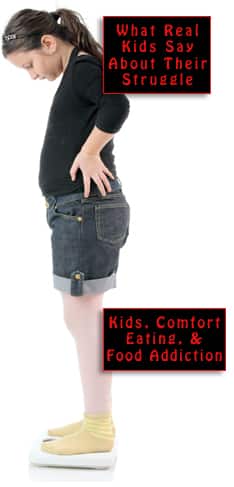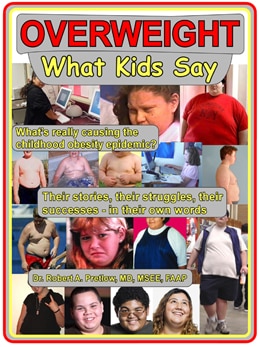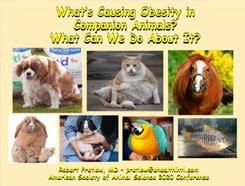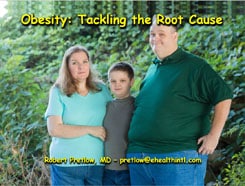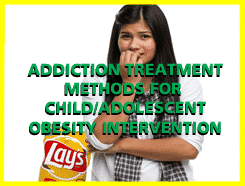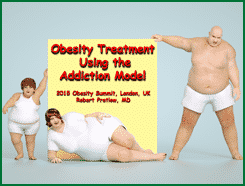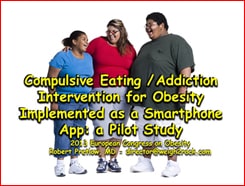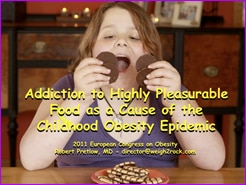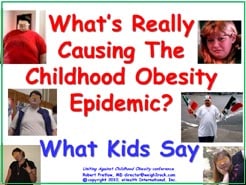What the Hadza Have

Toward the end of 2017, Vox.com updated a comprehensive article titled, “Why you shouldn’t exercise to lose weight, explained with 60+ studies.” The problem is that for years, the public has been on the receiving end of this message: “As long as you get on that bike or treadmill, you can keep indulging — and still lose weight.” Is it a valid message? No. But as the old philosophers used to say, cui bono? Who benefits? Authors Julia Belluz and Javier Zarracina name several parties:
[…] fitness gurus, celebrities, food and beverage companies […] public health officials, doctors, and the first lady of the United States.
They also mention gyms, tracking device manufacturers, sports drinks peddlers, and the creators of workout videos as entities who benefit from the pervasive belief in an inaccurate concept. The lead author consulted more than 60 studies and interviewed nine researchers who specialize in nutrition, exercise, and obesity. The consensus was,
This message is not only wrong, it’s leading us astray in our fight against obesity.
In 2017, obesity researcher Kevin Hall published a study in the journal Obesity that followed up on 14 people who had lost weight via The Biggest Loser TV show. Following up on these contestants six years later, Hall found…
[T]he people who lost the most weight on the show weren’t necessarily the people who did the most exercise — instead, it was the people who ate the least.
As they continued on with their lives, however, some of the former contestants did manage to keep their weight down, and accomplished that by exercise — either 80 minutes daily of moderate exercise, or 35 minutes of more strenuous effort.
The Tanzanian mystery
Another scholar whose expertise was tapped was Herman Pontzer, an anthropologist who traveled to Tanzania to see what was going on with the Hadza, described as one of Earth’s few remaining hunter-gatherer tribes. It was a perfect fit, because, he said, “They’re on the high end of physical activity for any population that’s been looked at ever.”
On the other hand, it was a very small, preliminary study that included only 30 subjects. Still, the observations were enough to bring up an intriguing question. Namely, how were these extremely fit and constantly mobile people only burning as much energy as sedentary Westerners who spend their days staring at electronic screens? But there it was:
While the hunter-gatherers were physically active and lean, they actually burned the same amount of calories every day as the average American or European, even after the researchers controlled for body size.
But we have been raised to expect the exact opposite. Calorie burn supposedly is a function of lifestyle activity. Pontzer developed a couple of theories about this unexpected result:
[T]he Hadza were using the same amount of energy as Westerners because their bodies were conserving energy on other tasks. Or maybe the Hadza were resting more when they weren’t hunting and gathering to make up for all their physical labor, which would also lower their overall energy expenditure.
One thing was obvious — the Hadza culture did not encourage or reward overeating, which probably had a lot to do with their lack of any real need to burn off fat. For years, one researcher after another has reported that weight, once added to the body, is very difficult to banish with exercise. The absolute preferred method of maintaining a normal weight is to never gain extra weight in the first place.
The expression “hardwired” has been used, with the implication that some bodily processes are so deeply entrenched, to assume that we can “hack” them is very presumptuous. Whatever is going on with energy expenditure, and with the failure of previous energy balance theories to explain everything, it is very arrogant of us to think we can easily figure it out.
Your responses and feedback are welcome!
Source: “Why you shouldn’t exercise to lose weight, explained with 60+ studies,” Vox.com.10/31/17
Image by Christoph Borer/CC BY-ND 2.0










 FAQs and Media Requests:
FAQs and Media Requests: 